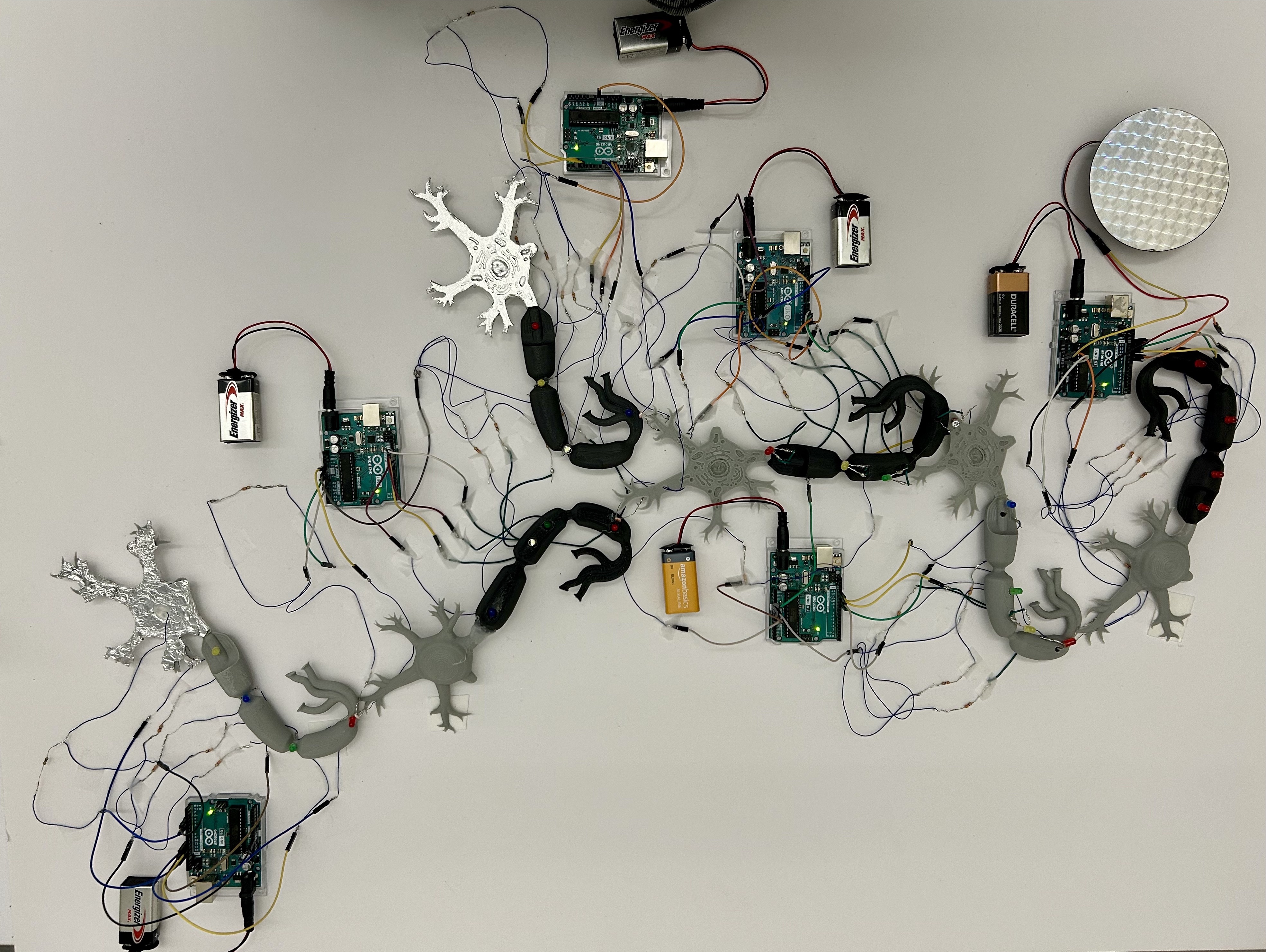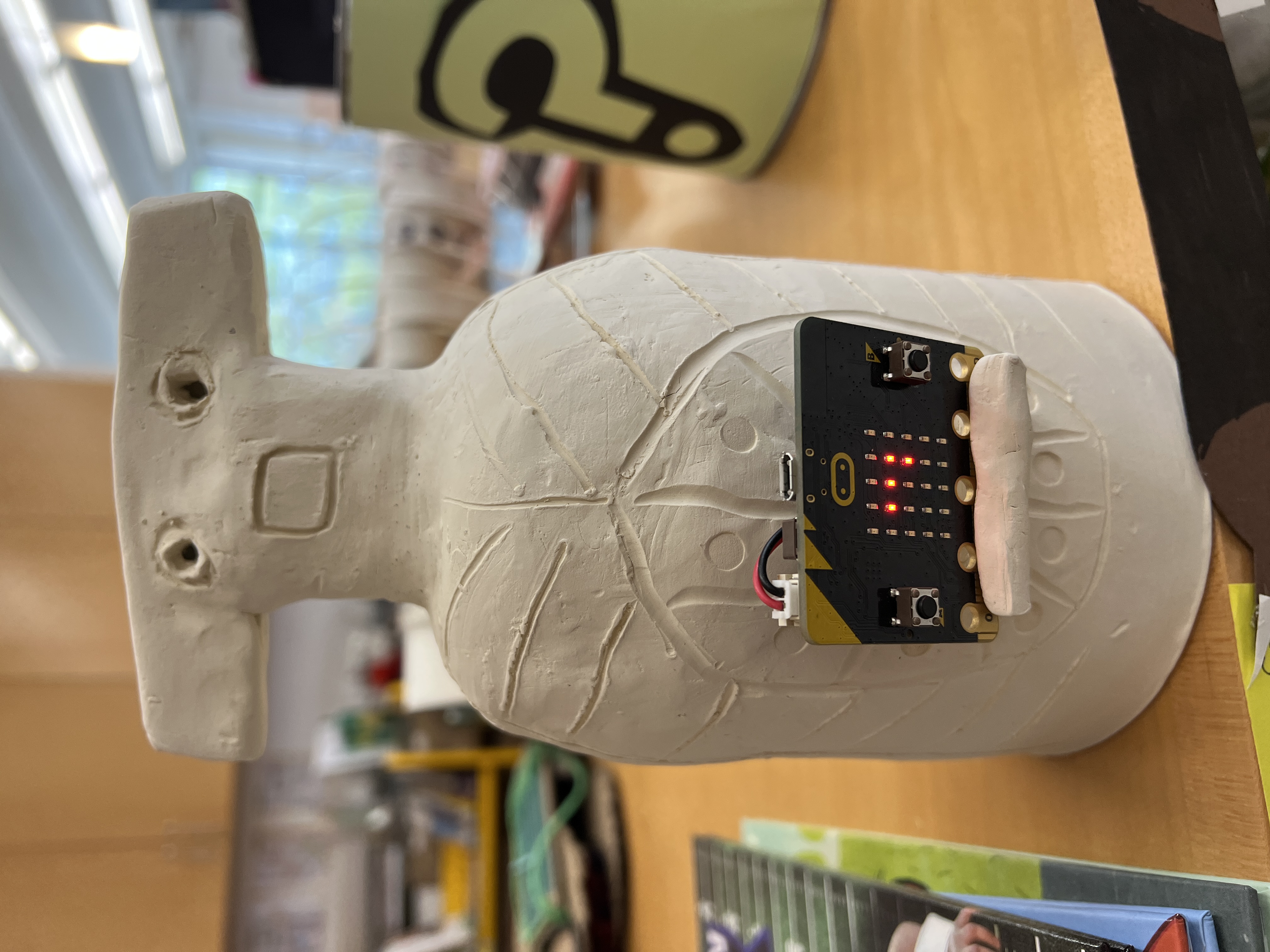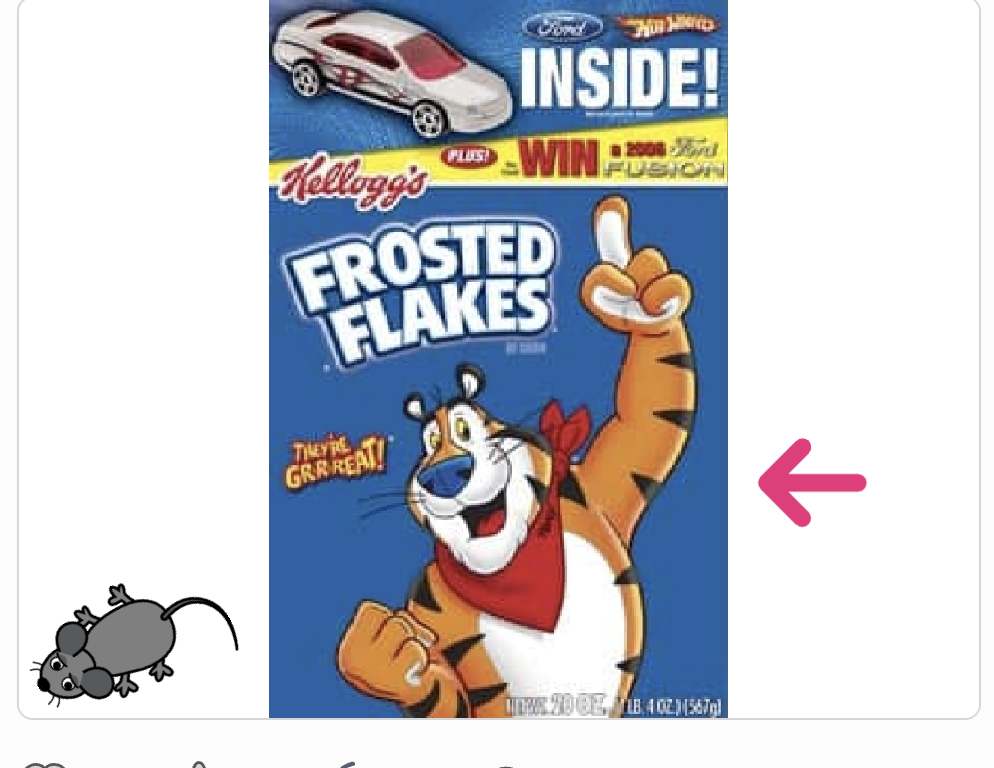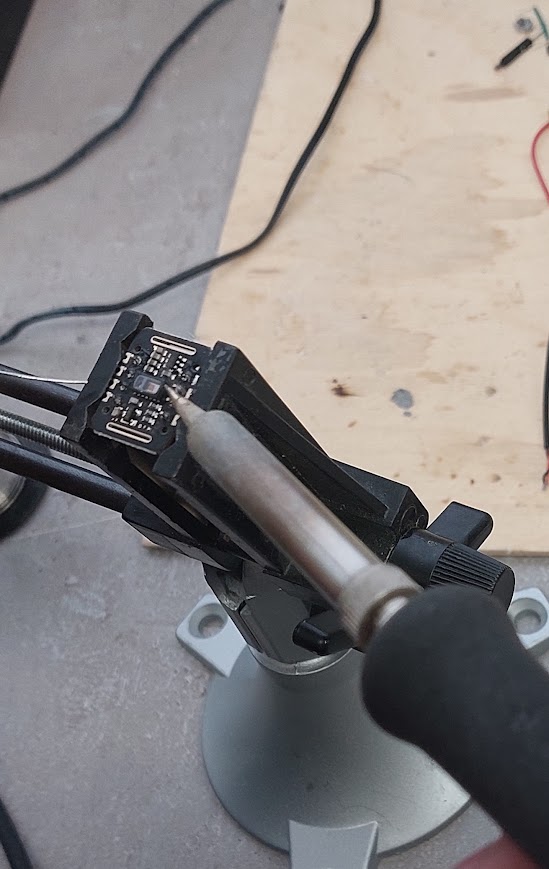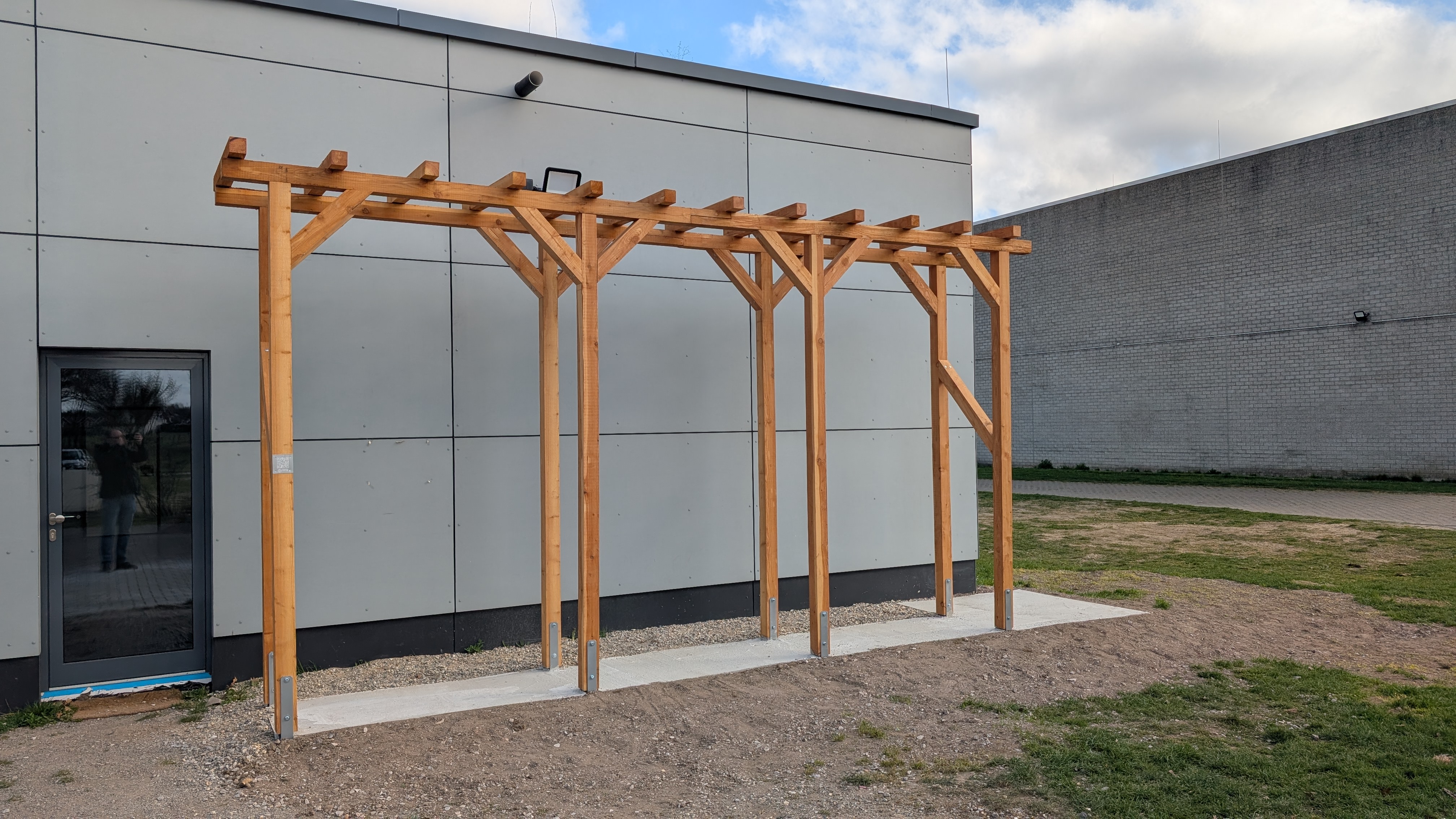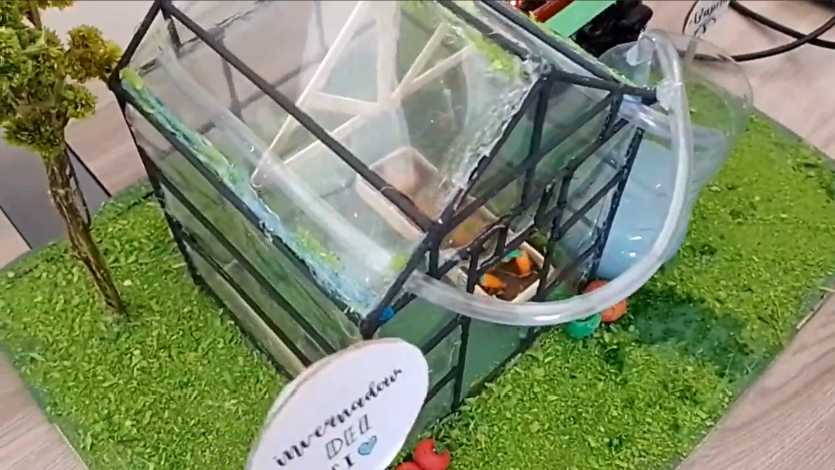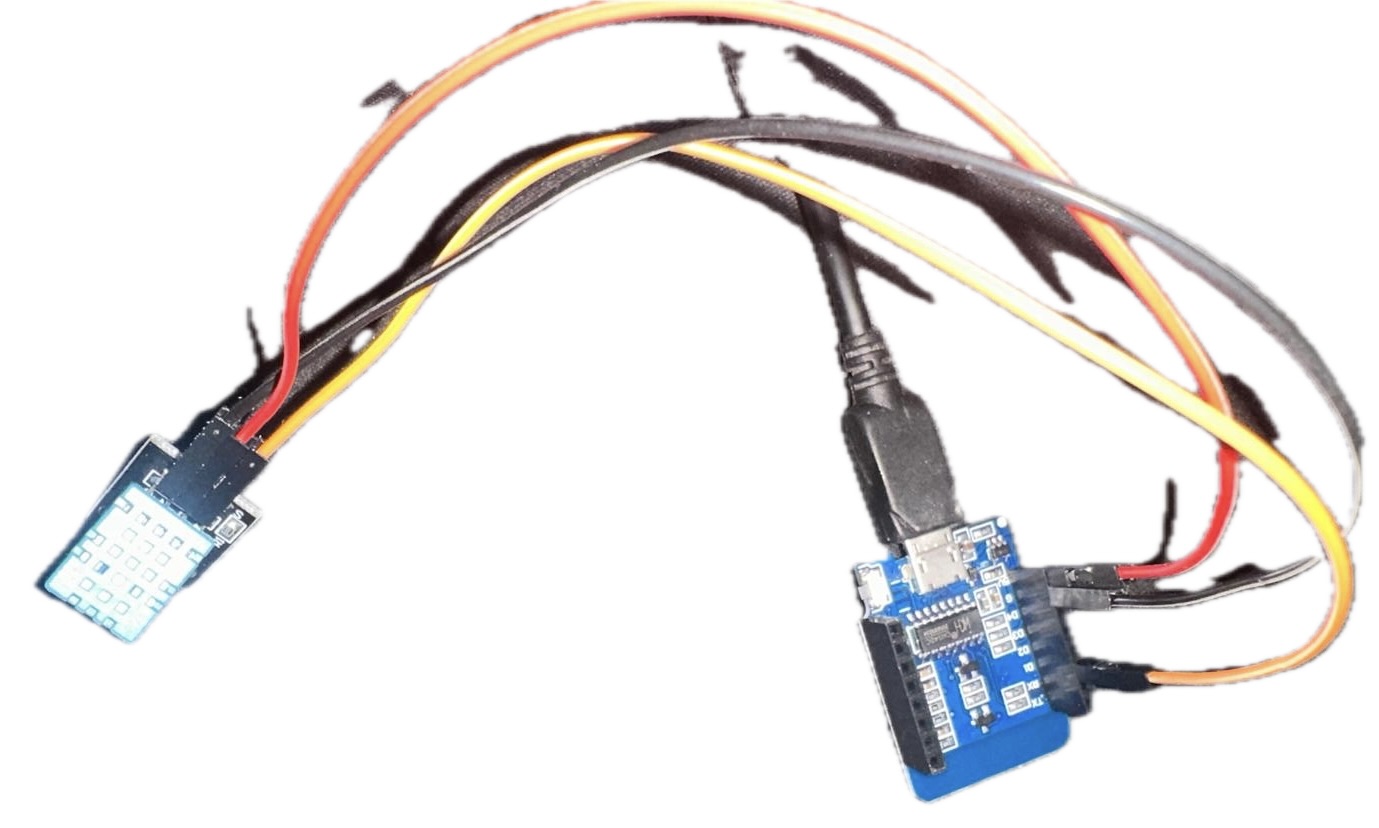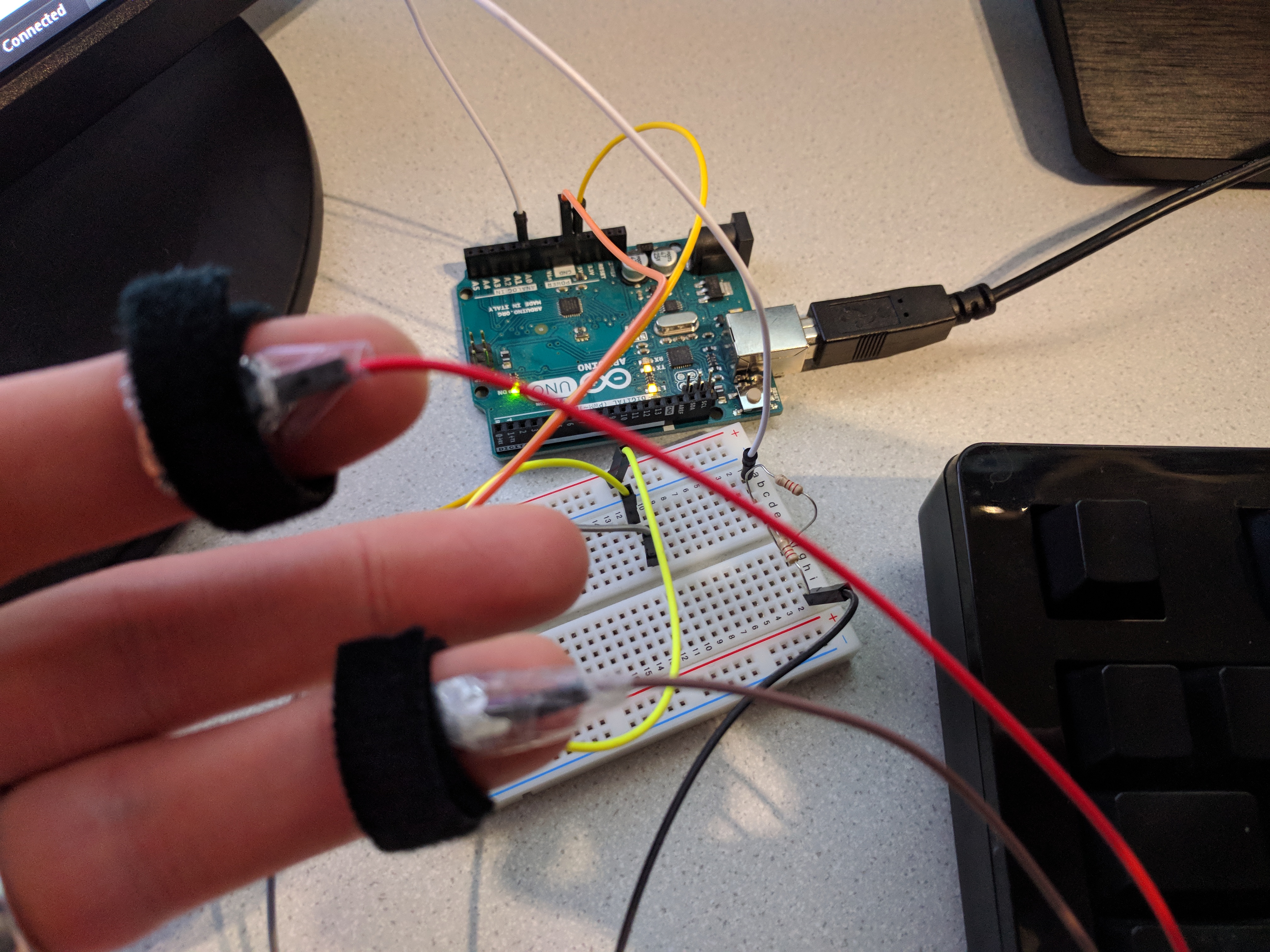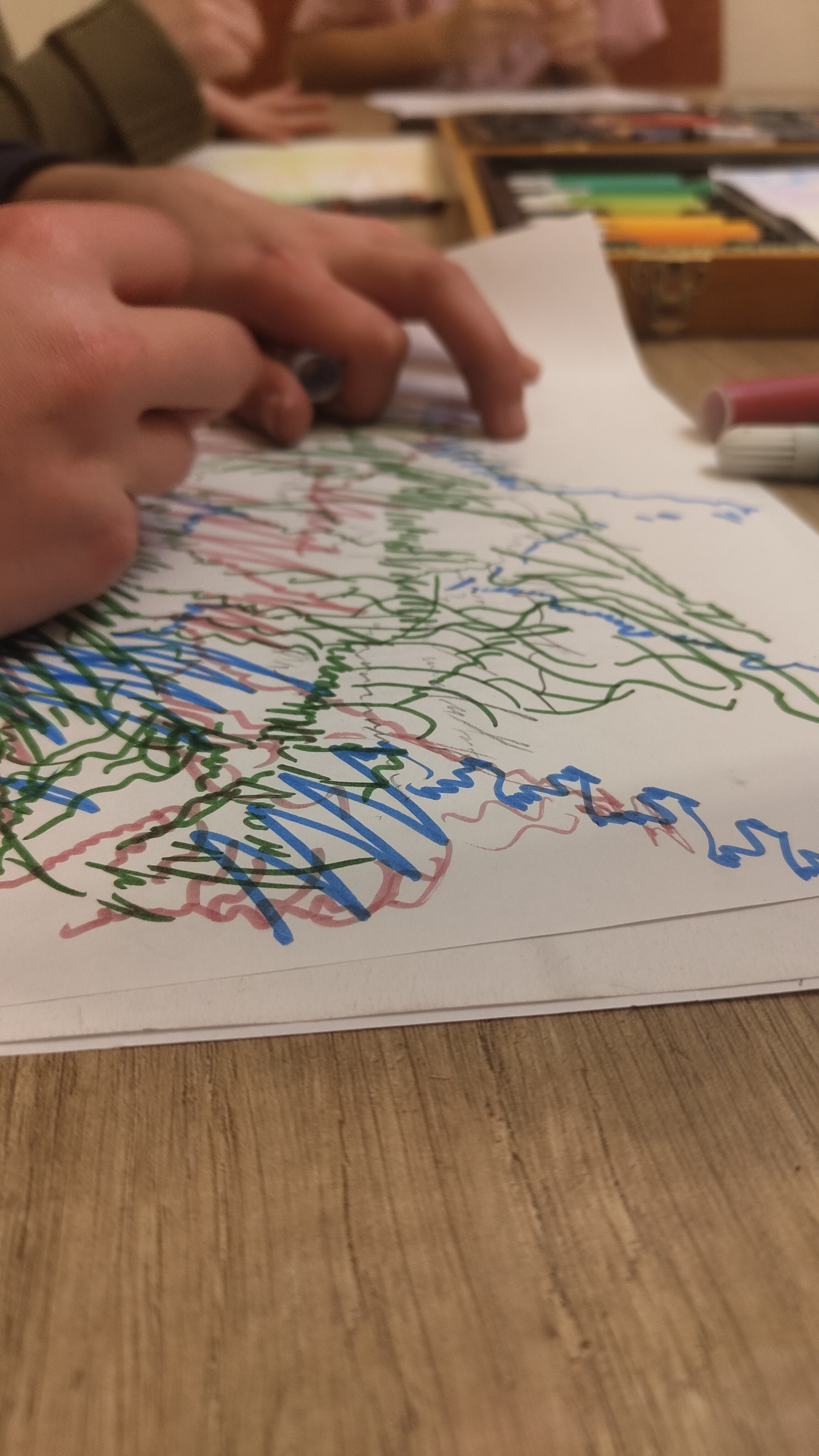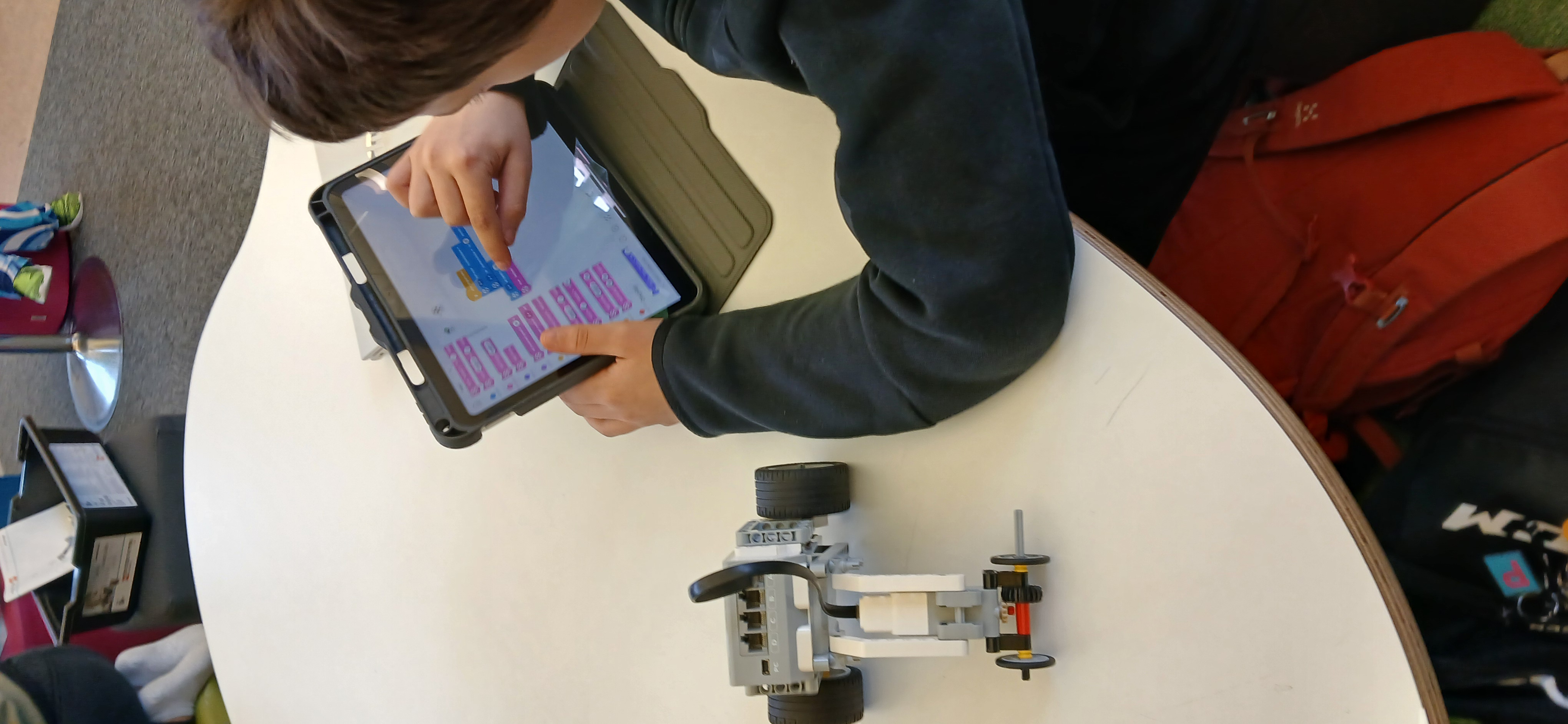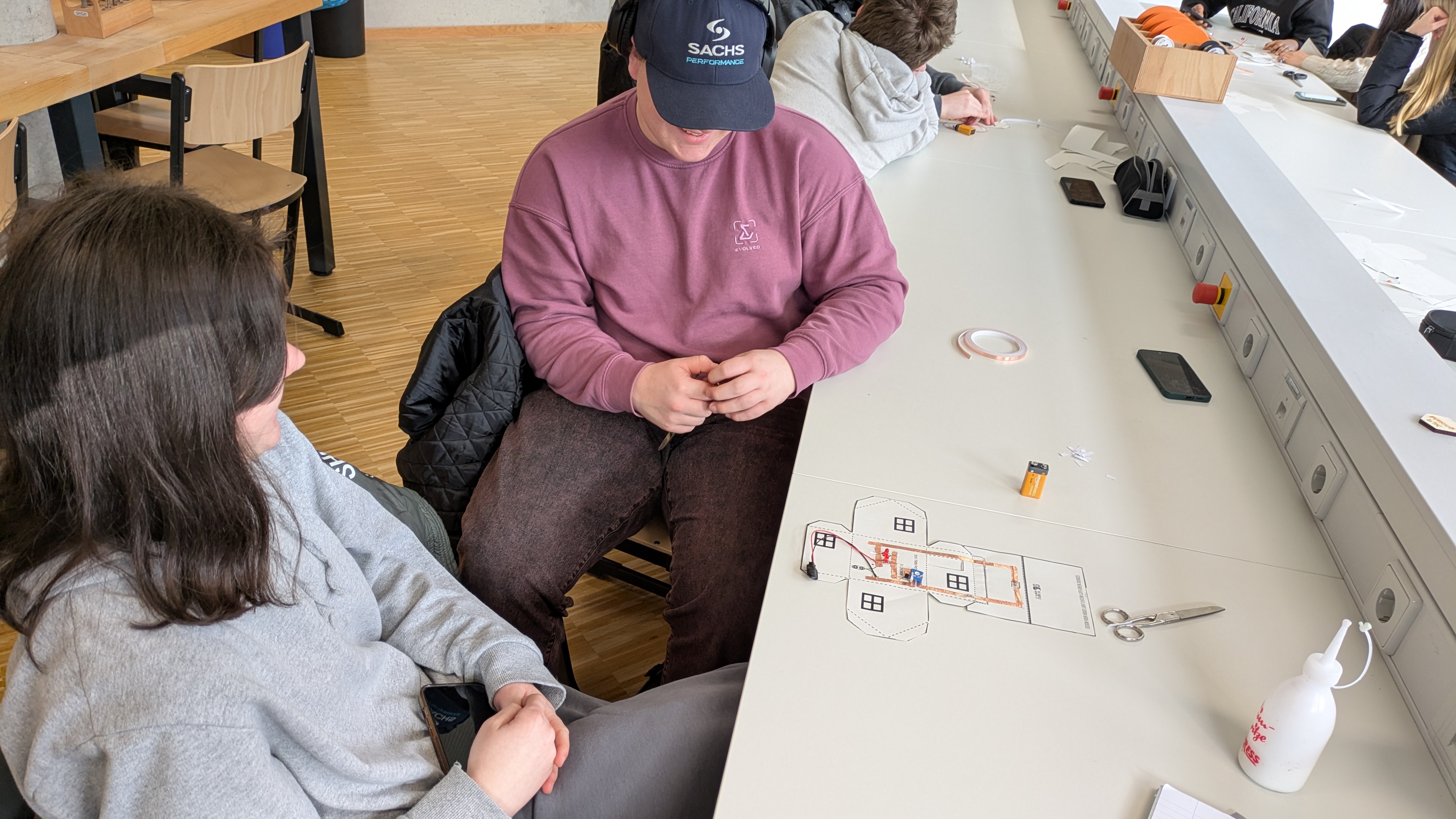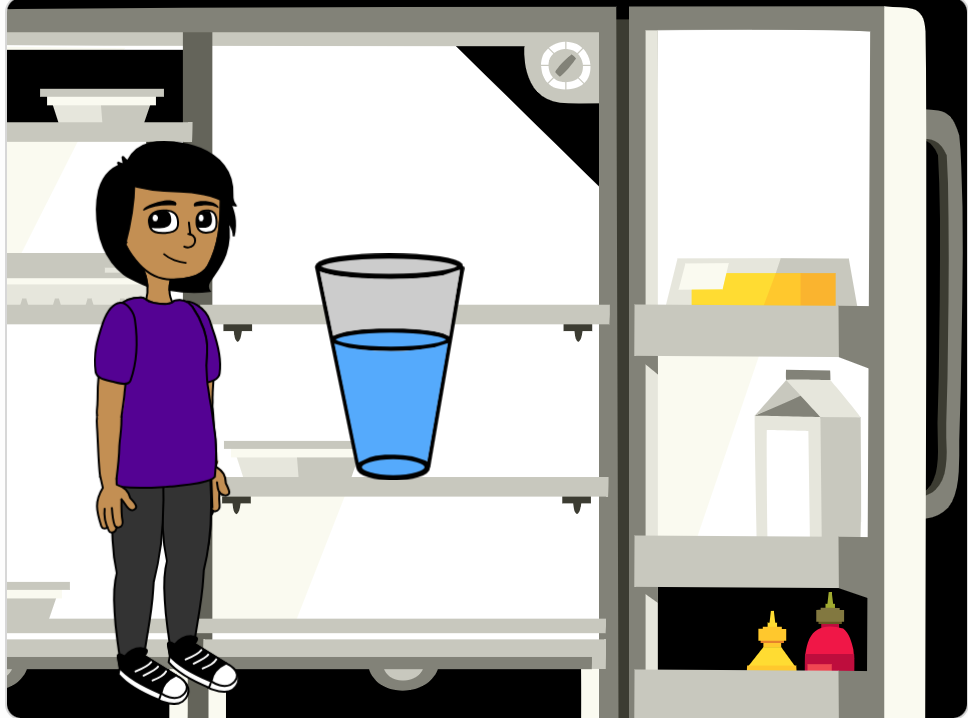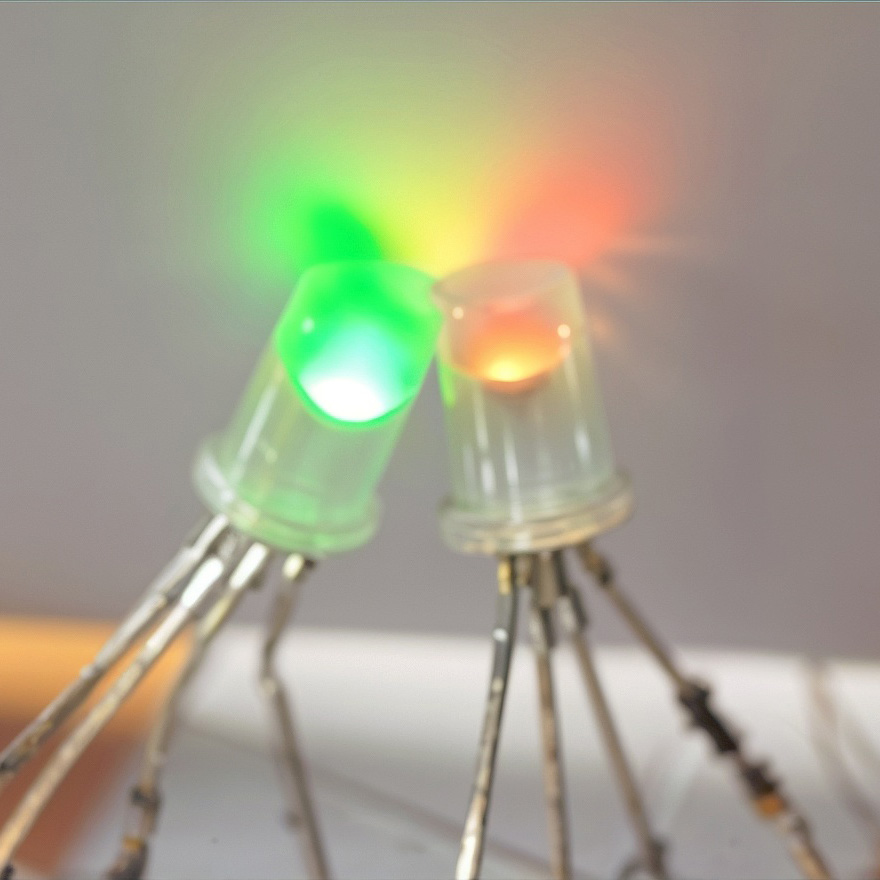This collection of lessons from the GE Brilliant Career Lab bridges the gap between education and industry, classroom and career, and the economy of the future and the skills of today.
Airplane Mechanic
This lesson highlights an example of “Everyday in the life of an Airplane Mechanic”. What kind of work might an Airplane Mechanic do? Diagnose, adjust, repair, or overhaul aircraft engines…
Wearable Device Designer
The teacher will guide students through the design and engineering process by supporting an environment that allows for trial and error, and celebrates iteration. The series is designed for 6th…
Biomedical Engineer
This lesson reflects on “Everyday in the life of a Biomedical Engineer” What does a Biomedical Engineer do? Biomedical Engineer Conduct research, along with life scientists, chemists, and medical scientists,…
IN THIS COLLECTION
This first-of-its-kind collection of digital fabrication learning experiences is designed to engage and inspire students through STEM career paths. These lessons can be deployed in partnership with teachers in middle and high school classrooms with the resources of a mobile lab. The mobile lab visits each classroom and includes equipment, materials, and an instructor that partners with the classroom teacher.
PROGRAM AND PARTNERSHIP
As part of GE’s $25M Brilliant Boston commitment to empower students to become globally productive citizens by providing access to learning experiences and skills necessary for the workforce tomorrow, the GE Brilliant Career Lab was developed in partnership with the Fab Foundation to enable students to investigate STEM careers through hands on experiences with digital fabrication tools in a mobile lab.
ABOUT THE GE BRILLIANT CAREER LAB
The Brilliant Career Lab is a resource for educators and students, providing curriculum, essential and technical skills development, career assessments, mentoring, exposure to college and career, and access to digital fabrication tools and knowledge. The program pilot started during the 2016-2017 school year In Boston Public Schools (BPS) with Tech Boston and English High Schools. Since then, the Brilliant Career Lab has exposed over 1,500 BPS students to future STEM careers, while supporting 50 teachers in incorporating digital fabrication and career exploration activities in their classroom.
Additionally, in collaboration with the Fab Foundation, Brilliant Career Play is an extension of the Boston Celtics and GE partnership that creates access for middle school students in a mobile lab environment to engage in hands-on, interactive educational experiences. Launched in November 2017, the Brilliant Career Play program has already visited 3 school districts throughout greater Boston, and exposed over 500 middle school students to STEM careers inspired by design and sports. Coupled with the mentoring and online support from Brilliant Pathways (formerly CFES ) and Everfi, students are exposed to STEM careers through a range of online and live experiences.

Brilliant Career Play launch event at the Lilla G. Frederick Pilot School in Boston, MA in November 2017.
STEM DIGITAL FABRICATION LESSONS
Sensory Circuit Simulation
In this project, students will design and build an electronic circuit that mimics the touch sensory system, exploring how neurons communicate through electrical and chemical signaling. Using 3D-printed neuron models,…
April 10, 2025Winter 3D snowman
This is a primary lesson that helps students get familiar with Tinkercad for 3D design during the winter season.
April 8, 2025Clay Bells + Electronics
Student will learn to design and construct clay bells that are enhanced with electronics
April 3, 2025Scratch Coding + Advertising Technique Analysis
In this lesson, 4th-grade students will integrate their Scratch coding skills with media literacy concepts. Students will analyze a print advertisement by identifying persuasive techniques and create an interactive Scratch…
April 1, 2025Pulse Monitoring with RGB LED and Microcontroller
In this lesson, students will explore the relationship between heart rate, physical activity, and emotions using a pulse sensor and an RGB LED. By integrating biology, physics, and programming, students…
March 31, 2025Sustainable Solutions: Building a Smart Greenwall for Urban Environments
The “Sustainable Solutions: Building a Smart Greenwall for Urban Environments” project integrates renewable energy and urban greening to enhance sustainability education. Students will collaborate across disciplines to design and construct…
March 31, 2025Growing plants with the help of technology
Working together with the Science area, students will build a model of a greenhouse and include in the model automation systems to handle some of the tasks associated with it.…
March 31, 2025Finch Olympics
In this lesson, students use robots to explore physics, coding, and engineering. They calculate kinetic energy by measuring their robot’s speed and mass while completing a maze. Then, they program…
March 30, 2025Structure and Function of a WiFi Lamp
This series of lessons focuses on developing a battery-operated Wi-Fi lamp. The focus is on developing the program mode, particularly controlling an LED strip, and the basics of HTML programming.
March 29, 2025Lie Detector
For their skills class, students have been learning that in the real world, you often need to connect multiple disciplines to solve problems, which culminates in a CSI unit trying…
March 28, 2025VIsualizing music
This lesson connects music, visual arts, art history, physics, and programming, During the lesson students will be encouraged active listening and creative expression through abstraction and light painting. Students will…
March 28, 2025Robotics Race – Measuring Distance, Conversion and Coding
Students will demonstrate an understanding of measuring distance (using and converting EU and/or US measurement systems) while also writing a code that will effectively move their robot. This lesson…
March 23, 2025Learning the IPO principle through a house automation model
This lesson is based on Studio 5’s “Eco House” model. Available at: https://www.scopesdf.org/scopesdf_lesson/eco-house/ Students learn about the IPO principle and how some new electronic components work. Using this knowledge,…
February 16, 2025SEQUENCE using Scratch
Sequencing In the early years students must develop sequencing skills. These skills help young learners to logically structure language and writing. It’s essential to effective oral and written communication. …
February 16, 2025Light it Up
Design Challenge: Design and build a lamp/light with non-addressable LEDs and an on/off switch. Constraints: Design and laser cut the body of the lamp Use a non-addressable LED light strip,…
February 12, 2025STANDARDS-ALIGNED
Community contributed lessons aligned with Common Core State Standards (CCSS) and Next Generation Science Standards (NGSS) offer formal educators innovative pathways to teaching content knowledge. The Fab I Can Statements are a resource to develop technology-literate learning progressions to align with content standards.
FAB TESTED
Periodically lessons are adapted and tested by the Fab Foundation team based on a call for submissions from fabbers, educators, and makers. Our inaugural set of lessons for the SCOPES-DF project were Fab Tested in 2016 and are tagged Fab Tested on the website.
OPEN-SOURCE VALUES
Lessons are distributed under a Creative Commons CC BY-NC license, that permits free use and re-purposing by others.


